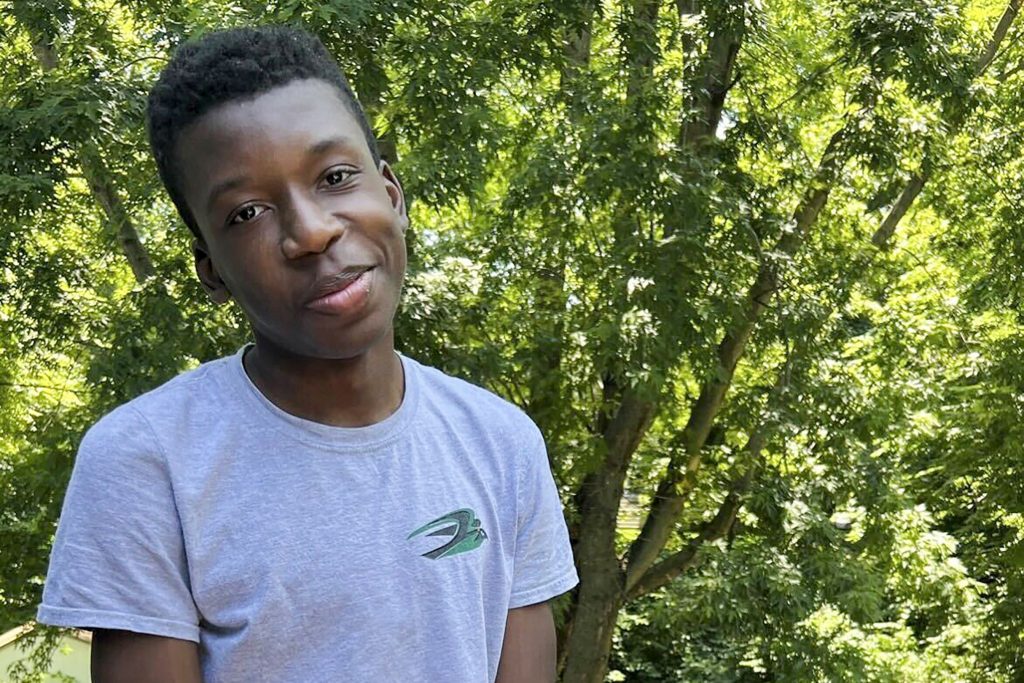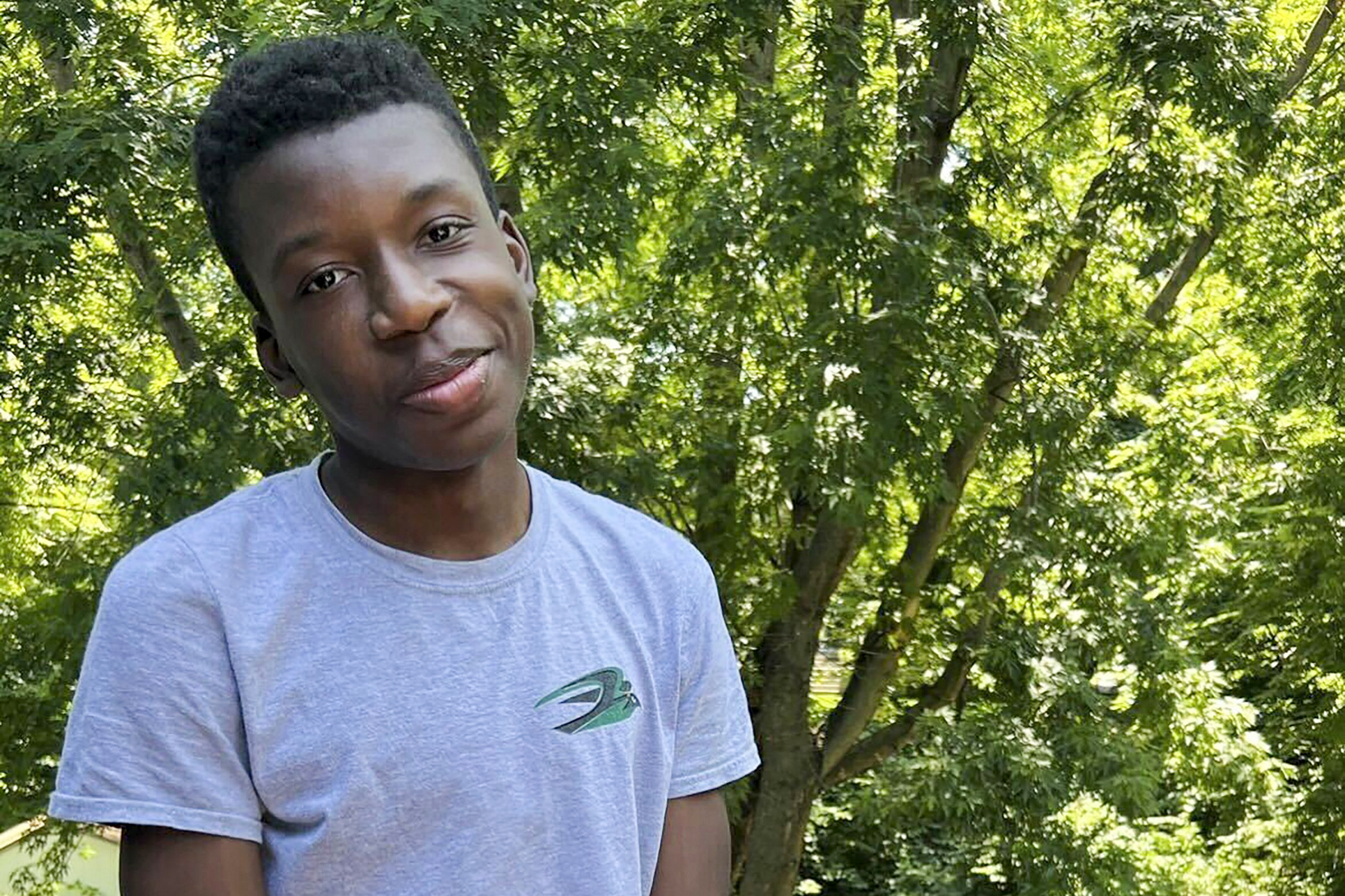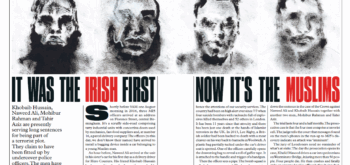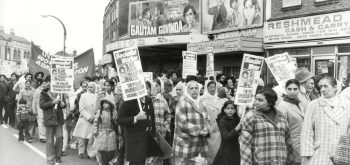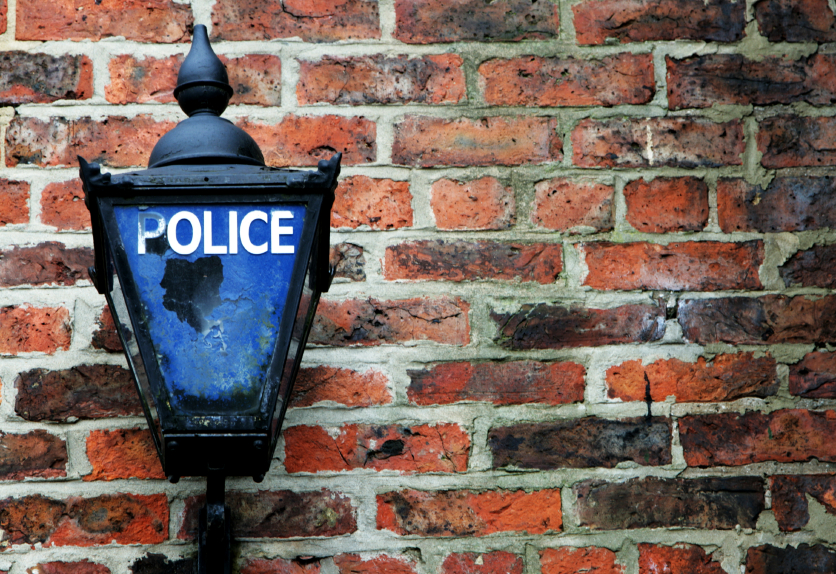Hearing a knock on his door at 10pm on a Monday night, the reaction of 84-year-old Andrew D. Lester was not to shuffle to the door, or to call out ‘who is it?’. It was to ready his shotgun, and then, without a word of warning, to fire it through the door. Had he taken but a moment, he would have discovered that the visitor tapping on his front door was Ralph Yarl, a muddled sixteen year-old hoping to collect his two siblings from their friend’s house. The simple mistake of confusing Northeast 115th Street with Northeast 115th Terrace left Yarl in hospital, and could have taken his life.
Perhaps this is emblematic of the violence in America, the age and vulnerability of the shooter, or the insanity of America’s gun laws. Perhaps it is emblematic of all three. But what it certainly reveals is the parlous state of race relations in the United States. Had Yarl been a white boy, it may be that Lester would still have fired. There is – as of yet – no evidence that the attack was racially motivated, but given the state of American politics and society, it is difficult to dismiss the idea that had Yarl been a white boy, the outcome would have been very different
Regardless of his motivation, responsibility is Lester’s. There is no defence to firing a shotgun at a closed and locked door while a person stands, unaware of the threat they face, on the other side. But if it was racially motivated, he is not the only party with blood on his hands. Some is daubed on the hands of America’s political and social leaders. It is the people that Americans elect to lead them, or hold up as guides to conduct, who must shoulder their share of responsibility for the fact that when hearing a knock at the door and seeing a black boy, a citizen chose to shoot rather than to open it. As Congressman Emmanuel Cleaver, told the New York Times, he was ‘frightened how easily we are willing to shoot each other’.
Questions of race are never far from the surface in America. In electing Donald Trump to the presidency, a minority of Americans chose an openly racist candidate over a woman. As a landlord, Trump was sued by then-President Nixon’s Justice Department for discriminating against black tenants and, as a property magnate, he bought out full-page ads in the New York Times calling for the death penalty against the Central Park Five. The five black boys convicted were later exonerated after years in prison. During Trump’s presidency, white supremacists marched at rallies, brandishing torches and chanting ‘you will not replace us’. And in bidding to return to the White House, Trump’s racism has returned, accusing Alvin Bragg, the black New York District Attorney, of prosecuting him for ‘racist’ and ‘politically motivated’ reasons.
Nor is Trump alone. The Urban League’s annual State of Black America report, published earlier this month, shows that hate crimes and extremist views are on the rise. In America’s classrooms, efforts are being made to obscure America’s racist past and to disguise the scars that slavery and Jim Crow inflicted – and still inflict – on the country. Last year, over 650 bills were introduced by local, state, and federal institutions seeking to restrict the teaching of critical race theory, which considers how race is still relevant in society today. Florida, a state governed by another Republican presidential candidate, Ron DeSantis, is at the forefront of this, with one elementary school rewriting material on Rosa Parks and the bus boycott, editing out the fact that Parks was black. Ta-Nehesi Coates wrote ‘The Case for Reparations’ for The Atlantic eight years ago. If the Florida legislature had its way, the future electorate would not be arguing about how to achieve equality, but asking what evil made reparations a consideration in the first place.
The issue of race and identity might be most blatant in America, but British politics is not immune. We may have a Hindu prime minister from Punjabi descent, a Home Secretary with Indian origins, and a racially diverse Cabinet, but that has not stopped the government from stoking the fires of racism. Unable to restrain inflation, and bereft of any ideas that might resurrect Britain’s economy or its place in the world, the government’s entire public communications strategy hinges on persecuting and othering asylum seekers. Suella Braverman’s Home Office releases photographs of her cackling while viewing a housing development (ostensibly for the deported refugees) on a visit to Rwanda, while press release after Home Office press release muses about how decommissioned barges could house asylum-seekers. Meanwhile, the fact that nothing is being done to deal with the groaning backlog of asylum cases is ignored by the mainstream press, who obsess over the sisyphean task of ‘stopping the boats’.
An inevitable consequence of these attacks from ministers is that intolerance will rise. For the most part, British people are welcoming of asylum-seekers and refugees. There may be institutional racism across all of British society, but British people are not, by and large, racist. However, as the attack on Napier Barracks, which was housing asylum-seekers, shows, people are susceptible to narratives that seek to ‘other’ parts of society. Institutions like the courts, the legislature, and the government guide people’s thinking.
If we look once more across the Atlantic, we can see how America’s Supreme Court tried to do this in, Brown v Board of Education. In a decision handed down in the 1950s, the Court ruled that segregating students by race was unlawful. It put momentum behind integration. But rather than push further, it was cautious, letting resistance build in the southern states, wary of pushing the racist south too hard, too quickly. The consequence was not gradual tolerance, but entrenching division, with America’s institutions unable – then and now – to bring about genuine race equality.
By the UK’s standards, the USA may be dystopian, but it is not alien. Similar urges exist within the UK population, and we should not assume that they cannot be unmasked. Consider the government’s response to the Casey Report, which found evidence of institutional racism and sexism (to name but two) within the Metropolitan Police. No root and branch reform is being undertaken, with the Home Office sitting back, watching business continue as usual.
As we come closer to an election, the pressure on the Conservatives to find a way to win will grow. With the economy in tatters and the NHS collapsing, the only path to victory will be that which fans the flames of division, whether over immigration, over law and order, or over the judiciary, as we see with this week’s announcement on interim judgments from the European Court on Human Rights . With their feckless ads about Sunak supporting paedophiles and criminals, Labour have shown they are willing to fight in the gutter. What Starmer and his advisors have ignored is that the Conservatives have been bathing in sewage for decades. Getting dirty doesn’t matter to the Conservatives – winning does. If a few asylum-seekers and refugees get hurt in the process, that’s just the cost of victory.
